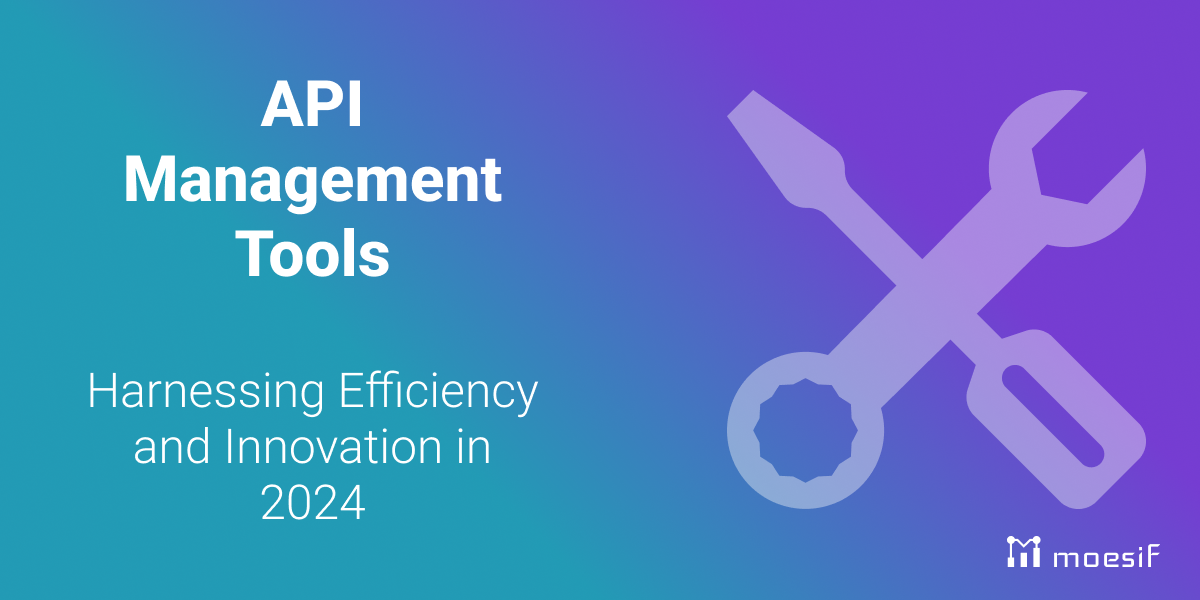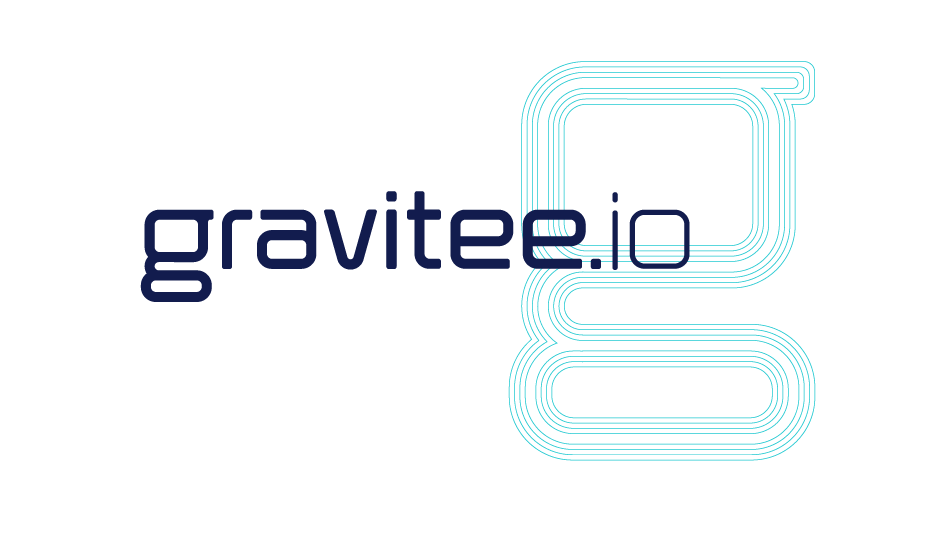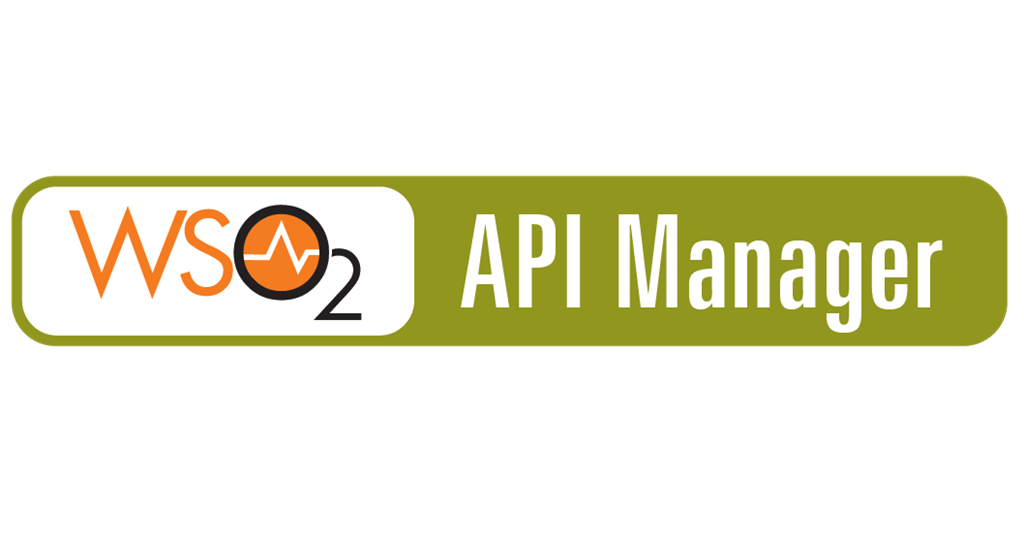API Management Tools: Harnessing Efficiency and Innovation in 2024

Selecting the right API manager is critical for effective API lifecycle management. These tools, known as API managers, not only streamline the entire process from design to deployment but also bolster security and performance. This guide cuts through the noise to help you understand the essentials of API management and introduces you to the top tools excelling in the field in 2024, to equip you with the knowledge to choose the optimal solution for your business.
Key Takeaways
- API management tools are essential for streamlining the lifecycle of APIs, which encompasses designing, testing, deployment, optimization, and usage monitoring, providing a central directory, development portals, and facilitating system integration.
- Selecting an API manager requires careful evaluation of core functionalities such as authentication, authorization, rate limiting, analytics, security protocols, scalability, and integration capabilities to ensure it meets the specific needs of the organization.
- The top API management tools in 2024 include Kong, Apigee, Tyk, IBM API Connect, Amazon API Gateway, Azure API Management, Gravitee, and WSO2 API Manager, each with distinctive features and pricing models tailored to a variety of business requirements and integration capacities.

Understanding API Management

Essentially, API managers provide a variety of full api lifecycle management tools and services that oversee and streamline the lifecycle of APIs. They take care of:
- Design
- Testing
- Deployment
- Optimization
API managers play a pivotal role in enhancing customer experiences, staying competitive, and effectively managing APIs in modern software development, while also monitoring api usage.
These resources provide:
- A centralized directory
- Developer portals
- Aid in engineer onboarding
- Facilitate smooth system integration
API administrators and IT operations teams leverage these tools to facilitate app development through a searchable API directory and ready-to-use services.
Key Functions of API Management
API managers, also known as api management platforms, enable automated API creation, with platforms providing templates and tools for swift deployment. They also accommodate various API types and architectures, ensuring flexibility in business operations. These tools also enforce data governance rules and API security protocols to protect applications and data, enabling governance and enhanced security.
Keeping API documentation current and precise is vital for adoption. This necessitates tools such as Swagger or OpenAPI to automate consistency and guarantee public access. Moreover, API versioning is integral to API managers. It facilitates seamless transitions between versions, encompassing an API’s full lifecycle, which includes creation, testing, packaging, and monitoring without disrupting developer or client operations.
Benefits of Using API Management
API managers enhance adoption rates among developers by enriching the developer experience and facilitating potential API monetization. This, in turn, optimizes resource usage and enforces security rules. These tools considerably improve operational efficiency and developer satisfaction as they tackle challenges like cloud migration, documentation, and ensure high-quality API responses. API managers significantly expedite the development process, minimize errors, and foster communication between teams, thereby improving both user experience and API performance. These tools also provide enhanced security measures through improved controls such as role and application-based controls, contributing to a more secure API ecosystem.
Developer portals within API management systems support the discovery and use of APIs, thereby facilitating the integration process and streamlining collaboration among developers. The comprehensive functionality of API managers contributes to faster API delivery by centralizing the API lifecycle management, ultimately accelerating the time-to-market for new software features.
Evaluating API Management Features

When choosing an API manager, it’s beneficial to assess core functionalities like:
- Authentication
- Authorization
- Rate limiting
- Analytics
Additionally, advanced features such as API design and testing should be considered. Besides, API managers may have varied pricing plans based on the volume of API requests, support levels, or additional services provided, necessitating careful assessment based on the organization’s specific needs.
Tools such as SwaggerHub offer free trials with full feature access, allowing organizations to experience premium features before making a purchasing decision. For particular needs or an advanced understanding of the service, API managers such as WSO2 and SwaggerHub recommend getting in touch directly with their sales teams. This allows for discussions about custom solutions and detailed pricing.
Security and Authentication
Verification of security and authentication in API management tools is handled through methods like credentials, certificates, or SSO. OAuth 2.0 is often used for managing authorization. Best practices for API security include adopted standards such as OAuth 2.0 and OpenID Connect, rate limiting, and effective monitoring for breach detection.
Maintaining updated security protocols alongside robust error handling is imperative to safeguard against new threats and cyber-attacks. API security is reinforced through real-time analytics and control mechanisms such as Tyk Pump and Tyk Identity Broker, and through rate limiting techniques.
Scalability and Performance
API managers need to include a scalable infrastructure with auto-scaling and load-balancing capabilities to handle different API traffic levels and maintain consistent performance. Optimizing API performance necessitates minimizing dependencies on external services and the use of load testing and monitoring tools to identify areas needing improvement and ensure reliable API responsiveness. Incorporating API testing into this process is crucial for achieving optimal results.
Enhanced response times can be achieved by:
- Caching frequent responses
- Using CDN for load distribution
- Supporting asynchronous operations
Selecting efficient data formats like JSON or Protobuf to minimize data transfer.
Integration Capabilities
Assessing the integration capabilities of the API management platform is vital. It should effectively connect and interact with various systems, databases, and third-party services. The platform must provide multi-protocol support including REST, SOAP, and GraphQL, and allow for real-time analytics and reporting.
The platform should have the ability to integrate with other TIBCO products and third-party solutions, thereby boosting its API management capabilities. It should enable businesses to connect on-premise and cloud-based applications, systems, and processes using various integrations such as:
- SAP Integration Suite
- Dell Boomi’s library of connectors
- Integrate.io’s automated API generation and customization
- Gravitee’s pre-built integrations for platforms like Kubernetes and tools such as Kafka and GraphQL.
Top 8 API Management Tools in 2024
The year 2024 has seen the rise of several powerful API management tools, with the top eight being considered the best API management tools for their impressive features and capabilities. These include:
- Kong
- Apigee
- Tyk
- IBM API Connect
- Amazon API Gateway
- Azure API Management
- Gravitee
- WSO2 API Manager

Kong
Kong’s platform is known for key features such as Vitals, Runtime Manager, and Insomnia, contributing to its customization capabilities. The Runtime Manager is particularly crucial for Kong’s flexibility, allowing users to control and manage Kong Gateway instances and services across different environments and platforms. With Vitals, users gain access to real-time analytics and insights, which are essential for optimizing API performance and health. The Insomnia feature, on the other hand, provides a powerful REST client that simplifies the creation, debugging, and testing of APIs, making it an indispensable tool for developers.
Kong stands out in the market with its ability to provide a seamless developer experience, thanks to its intuitive interface and extensive documentation. It also offers a robust plugin ecosystem that enables users to extend the platform’s functionality to meet specific requirements. This open architecture not only encourages innovation but also fosters a vibrant community of contributors who develop and share new plugins.
The platform’s scalability is another key selling point, as it is designed to handle APIs of any size and traffic volume, from small startups to large enterprises. Kong’s lightweight and modular design ensure that it can be easily integrated into existing systems, providing a smooth transition for companies looking to adopt or switch to a new API management solution.
In summary, Kong’s API management tool is a comprehensive solution that offers a combination of advanced features, customization capabilities, and scalability, making it a strong contender for businesses seeking to enhance their API infrastructure and streamline their API development processes.

Apigee
Apigee API Management is designed to facilitate large-scale deployments for a diverse range of applications including:
- Partner Apps
- Consumer Apps
- Cloud Apps
- Systems of Record
- Employee Apps
- IoT
This makes it a comprehensive api management solution. Integration with Google Cloud is a key component of Apigee’s strategy, allowing for scalable and efficient management of APIs across various application types.
Apigee’s core features include:
- A comprehensive, user-friendly interface
- Traffic management
- In-depth analytics
- Improved developer productivity
These features are instrumental in Apigee’s capability to manage APIs on a large scale, fostering its integration with Google Cloud.

Tyk
Tyk offers an open-source API gateway that is easy to deploy and scale. The scalability of Tyk is facilitated by its open-source nature, allowing it to be easily deployed in various environments. Standout features of Tyk include:
- Tyk Pump, which handles data analytics pipelines
- Tyk Multi Data-Centre Bridge (MDCB), which aids in deploying across multiple data centers
- Tyk Identity Broker (TIB), which simplifies third-party integrations.
In addition to these features, Tyk provides a robust plugin framework that supports the development of custom plugins to extend functionality and tailor the API gateway to specific use cases. With its dynamic middleware capabilities, Tyk allows developers to write custom logic in a variety of programming languages, enabling greater flexibility and control over API traffic.
The user-friendly dashboard and developer portal streamline the API management process, making it accessible for both beginners and experienced users. The dashboard offers real-time analytics and reporting, which are crucial for monitoring API performance and understanding usage patterns. Tyk also emphasizes security with features such as JWT, OAuth 2.0, and OpenID Connect, ensuring that APIs are protected against unauthorized access.

IBM API Connect
IBM API Connect is designed with an enterprise focus, offering the following features:
- Centralizing API management to streamline operations
- Robust governance framework and version control for secure and reliable API management
- Enhancing overall efficiency in managing APIs within demanding enterprise environments
IBM API Connect also provides automated and socialized API discovery, which encourages the use of APIs among application developers. This feature not only promotes internal API consumption but also fosters an ecosystem where external developers can discover and utilize APIs, potentially leading to new business opportunities and collaborations.
The platform’s strong emphasis on security is evident through its ability to manage and enforce API policies, ensuring compliance with organizational standards and regulations. IBM API Connect’s support for microservices architecture allows enterprises to adopt a modern approach to application development, facilitating agility and faster time to market.
By offering a comprehensive set of tools for managing the entire API lifecycle, IBM API Connect helps organizations to create, run, manage, and secure APIs and microservices efficiently. With its integration capabilities, it enables seamless connectivity between on-premises and cloud environments, making it a versatile solution for businesses undergoing digital transformation.

Amazon API Gateway
Amazon API Gateway offers a tiered pricing model that starts from $1.00 per million requests per month for the first 300 million requests. The compatibility of Amazon API Gateway with AWS infrastructure allows for seamless integration with other AWS services, leading to cost savings and efficient system architecture. This integration is particularly beneficial for businesses that are already utilizing various AWS services, as it simplifies the management and monitoring of APIs by providing a consistent environment for all AWS resources.
Moreover, Amazon API Gateway is designed to handle all aspects of API performance, from traffic management and authorization to access control and monitoring. It supports a range of API types, including RESTful APIs and WebSocket APIs, making it a versatile choice for different use cases. The service also includes features such as throttling, caching, and data transformation, which can help optimize the performance of APIs and enhance the end-user experience.
With Amazon API Gateway, developers can create, publish, maintain, monitor, and secure APIs at any scale. This ease of use extends to the deployment of serverless applications, as the gateway integrates smoothly with AWS Lambda, allowing developers to run code without managing servers. Additionally, Amazon API Gateway provides detailed analytics and logging capabilities, which are crucial for troubleshooting and understanding API usage patterns.
The service’s flexibility is also evident in its security offerings, which include options for client certificate management and the creation of private APIs that are only accessible within an Amazon Virtual Private Cloud (VPC). By utilizing Amazon API Gateway, businesses can ensure that their APIs are not only highly available and scalable but also secure and compliant with industry standards.

Azure API Management
Azure API Management provides a fully managed solution for:
- Publishing
- Securing
- Transforming
- Managing
- Monitoring APIs
It offers various pricing tiers to cater to different business needs and budgets. Azure API Management stands out by enabling businesses to create new APIs or import existing ones seamlessly. It also supports a range of protocols including SOAP, REST, and GraphQL, allowing for broad compatibility with different API types.
Furthermore, Azure API Management facilitates a global presence with multi-region deployment, ensuring high availability and low latency for API consumers worldwide. Its built-in analytics capabilities offer insights into API performance and usage patterns, helping businesses to make data-driven decisions for API improvements.
Developers can benefit from the Azure portal and the DevOps capabilities of Azure, which provide a unified experience for API creation, testing, and implementation. The platform also integrates with Azure Active Directory, offering a robust security model that includes OAuth 2.0, OpenID Connect, and Azure’s own security practices.
To accommodate businesses of all sizes, Azure API Management’s pricing tiers range from the Developer tier, aimed at evaluation and development purposes, to the Premium tier, which is designed for high-scale, mission-critical deployments. This flexibility ensures that organizations can choose a plan that best fits their current requirements, with the option to scale as their needs evolve.

Gravitee
Gravitee’s pricing structure is tiered with options ranging from an Open Source tier to premium tiers named Planet, Galaxy, and Universe. The pricing tiers are as follows:
- Open Source: Free
- Planet: Starting at $2,500/month, includes core facilities such as API Management (APIM), - API Access Management (AM), with the option for API Designer (APID)
- Galaxy: Additional gateways, enterprise features, and event broker support
- Universe: Platinum service and pricing details available upon request
Customer support is tier-dependent, with the gold business hours support included in the Planet tier and an upgrade to platinum support in the Universe tier. Each tier is meticulously designed to cater to different sizes and types of businesses, ensuring that from startups to large enterprises, there is a suitable option available. Gravitee’s Open Source tier offers a robust set of features for organizations looking to get started with API management without any financial commitment. As businesses grow and their needs become more complex, they can transition to higher tiers, which provide advanced functionalities, higher levels of support, and increased capacity for handling API traffic.

WSO2 API Manager
WSO2 API Manager is a comprehensive platform that facilitates all aspects of the API lifecycle, including designing, publishing, and managing APIs. The platform boasts advanced features such as an API publisher, developer portal, key manager, gateway, and analytics to enhance security and streamline API management.
WSO2 offers a flexible pricing model where non-commercial users can access its services for free, while businesses can opt for a subscription to gain additional features and support. The platform’s open-source foundation ensures that it remains flexible and adaptable, allowing for customization and extension to meet the unique requirements of different business scenarios. With its focus on community-driven development, WSO2 API Manager encourages innovation and collaboration, providing a space for developers to contribute and benefit from collective knowledge and expertise.
Choosing the Right API Management Tool for Your Business

Several factors come into play when choosing the right API management tool for your business. One of the critical factors is the ease of use, which encompasses a user-friendly interface, accessible developer portals, and comprehensive educational materials. Equally important is the provision of developer support. A strong community presence, reliable customer service, and the availability of useful resources like SDKs and code examples are essential for successful API management.
The quality of platform documentation and the availability of training and workshops should also be evaluated to maximize the utilization of an API management tool. An essential part of this evaluation process includes analyzing feedback from developers through reviews and case studies, which gives insights into the credibility and popularity of the API management platform.
Evaluating the vendor’s track record and experiences of other organizations can offer useful insights into the platform’s reliability and standing in the industry. This comprehensive evaluation process will ensure that you choose the best API management tool that aligns with your business needs and goals, ultimately enabling efficient and effective API lifecycle management.
Summary
In our increasingly interconnected digital world, APIs play a pivotal role in facilitating seamless communication and data sharing between different software applications. API management tools provide a suite of services that streamline and manage the lifecycle of these critical connectors, from design and testing to deployment and optimization. These tools not only enhance customer experiences and competitiveness but also contribute to efficient and effective API lifecycle management.
Choosing the right API management tool, however, requires careful evaluation of various factors, including ease of use, developer support, quality of platform documentation, training, reviews, case studies, and the vendor’s track record and reputation. With a wide range of tools available in 2024, businesses can find a solution that aligns with their specific needs and goals, ultimately enhancing their API management capabilities and fostering better digital experiences.
Organizations looking for the best tools to support their API lifecycle management can leverage Moesif’s powerful API analytics and monetization capabilities. Moesif easily integrates with your favorite API management platform or API gateway through one of our easy-to-use plugins, or embed Moesif directly into your API code using one of our SDKs. To try it yourself, sign up today and start with a 14-day free trial; no credit card is required.





